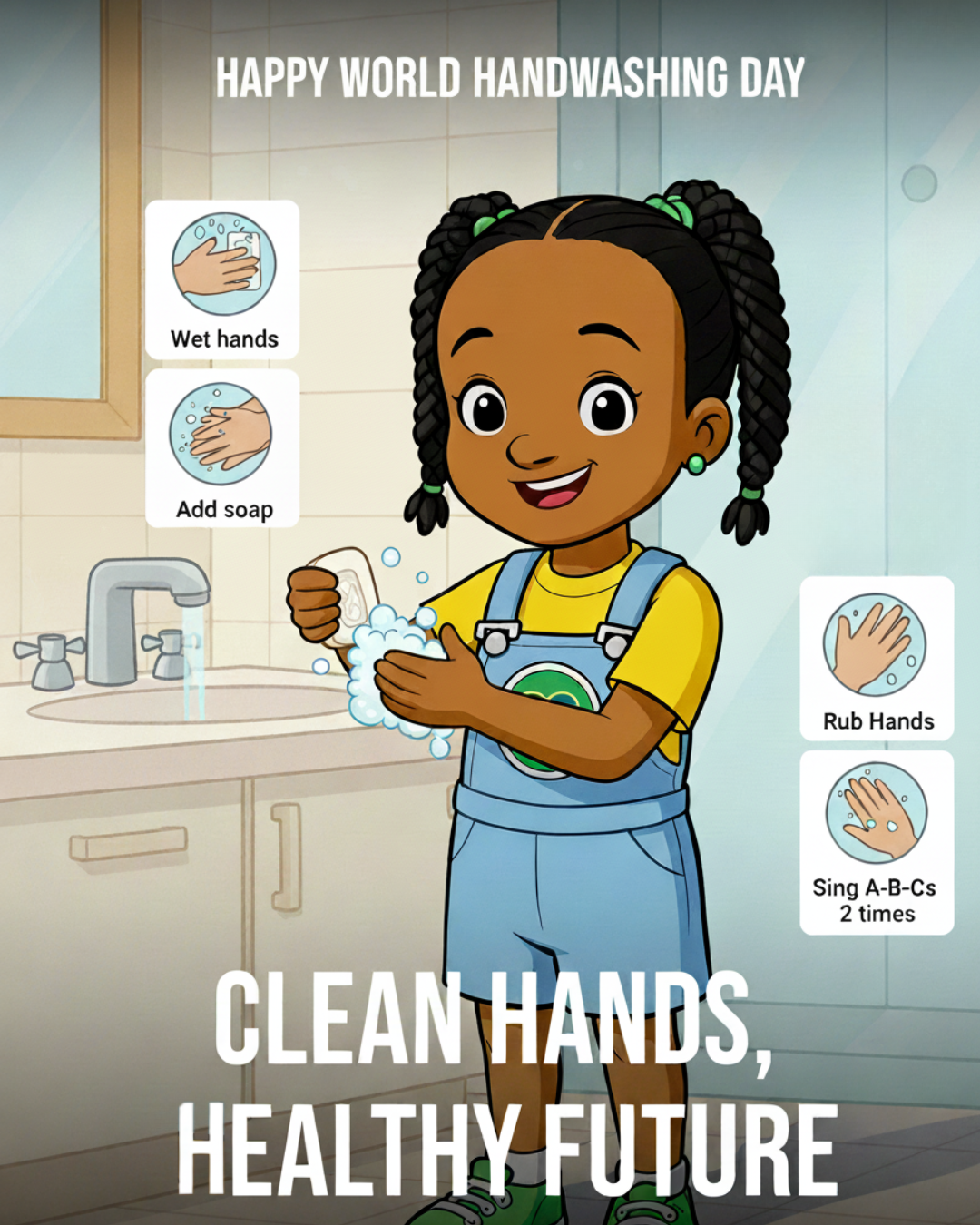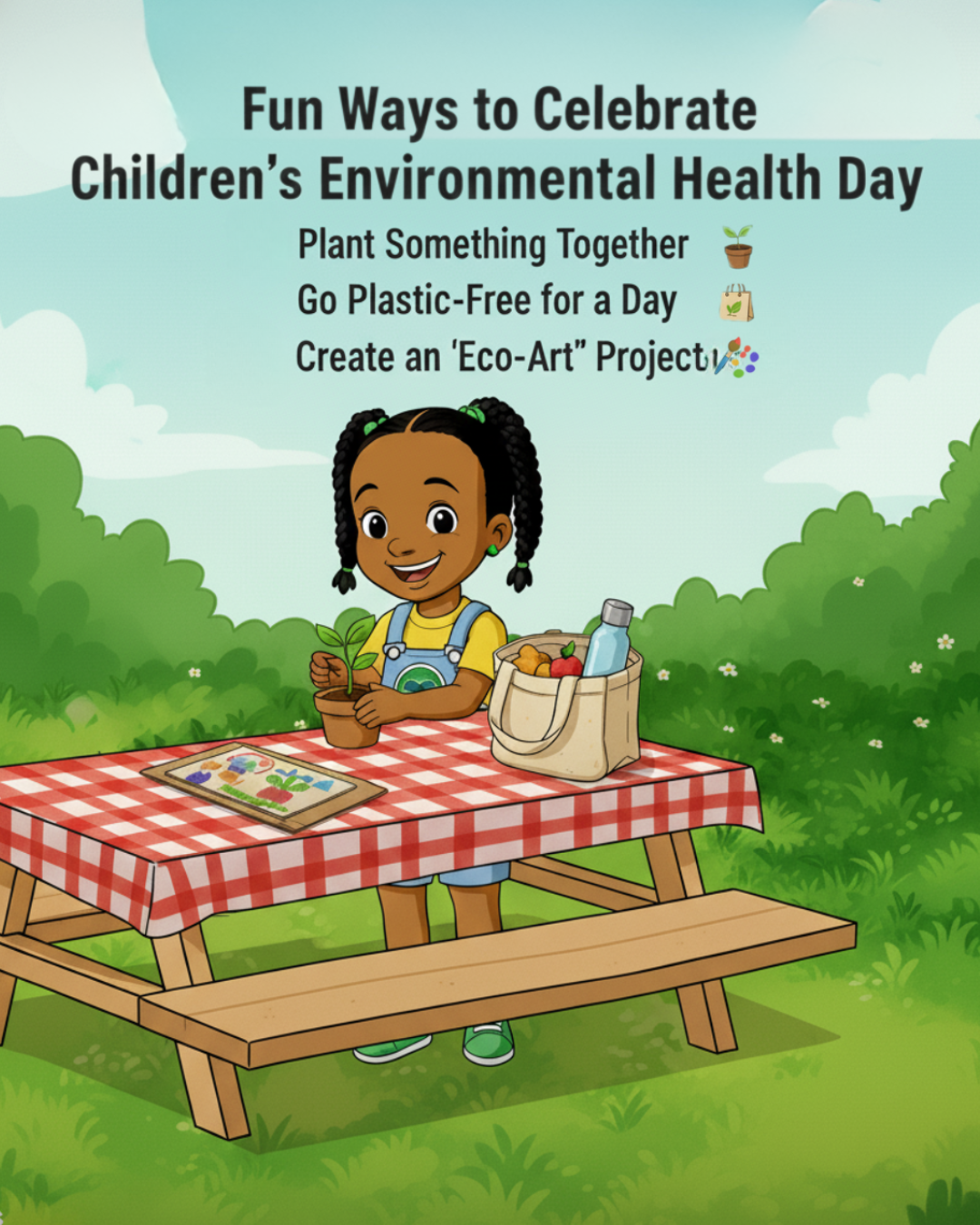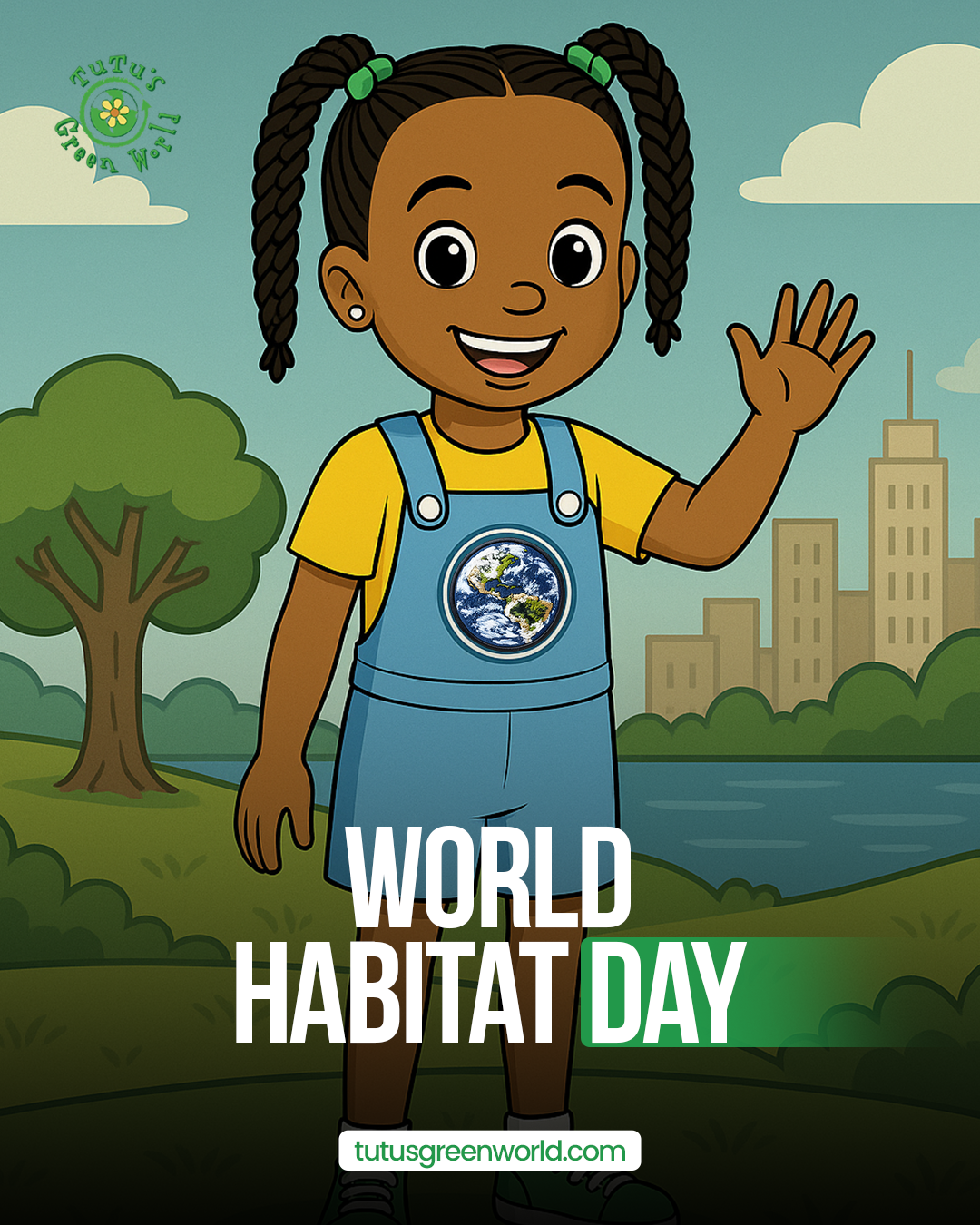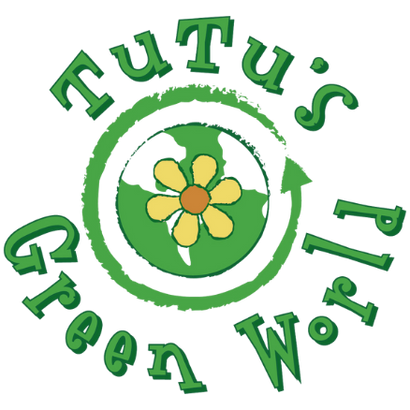
Showing Kids the Environmental Impact of Their Actions
Mental issues can be challenging since it’s such a vast topic, and children may struggle to see how their small acts can affect the whole planet. Here are some ways to teach eco conscious living and make these concepts more palpable for preschoolers:

Put a large bowl under the faucet while your child brushes their teeth, and leave the water running. Children are always amazed to see the bowl overflow. Then show them how much water they use if turn off the faucet and instead have a cup of water pre-filled for their brushing and rinsing. Physically comparing the amount of water they use when the faucet is left running really brings home how much water is wasted that way. Check out the little girl above who learned about saving water from TuTu to create greener habits.
Use plastic water bottles for a week and save all your empty bottles. Kids will enjoy counting up all the plastic bottles you accumulate to recycle at the end of the week. (Let them write down the number using tally marks, practicing their writing skills at the same time). Look at the pile and invite them to imagine how many bottles you would use in a month, then a year! You can also use this method with pre-packaged snacks vs. reusable snack containers, reusable bags, and so on.
Gift the littles in your life the world of green living from a child’s perspective, learning the meaning and importance of traditional “green” concepts like reduce, reuse, and recycle while spreading the message that children can contribute to saving the environment with TuTu goes green. Children will learn that small changes to their daily routines such as recycling old notebooks, turning out the lights, and using reusable shopping bags can play a huge role in helping the environment.
Also in TuTu's Green Stuff Blog

Global Handwashing Day: Wash, Protect, and Shine 🌎🫧
Every year on October 15, people all around the world celebrate Global Handwashing Day. It might sound simple, but this day is a powerful reminder of how one small habit, washing your hands properly, can make a huge difference in keeping you and others healthy. From classrooms to sports fields, clean hands are a key part of staying safe and strong.

A Healthier Planet, A Healthier You: Celebrating Children’s Environmental Health Day
Every October, Children’s Environmental Health Day reminds us that caring for our planet means caring for ourselves. 🌎 First established in 2016 by the Children’s Environmental Health Network, the day shines a spotlight on the connection between a healthy environment and the well-being of children everywhere. It encourages kids, families, and communities to take simple steps that protect the earth and create a healthier world for future generations.

🌍 Habitat Heroes: How Youth Can Protect Homes for People and Wildlife
Every year, on the first Monday of October, people all around the world come together to celebrate World Habitat Day. This special day was created by the United Nations back in 1985 to remind us of two very important things. First, that every single person has the right to adequate shelter. Second, that we all share the power and responsibility to shape the future of our cities, towns, and natural spaces.

